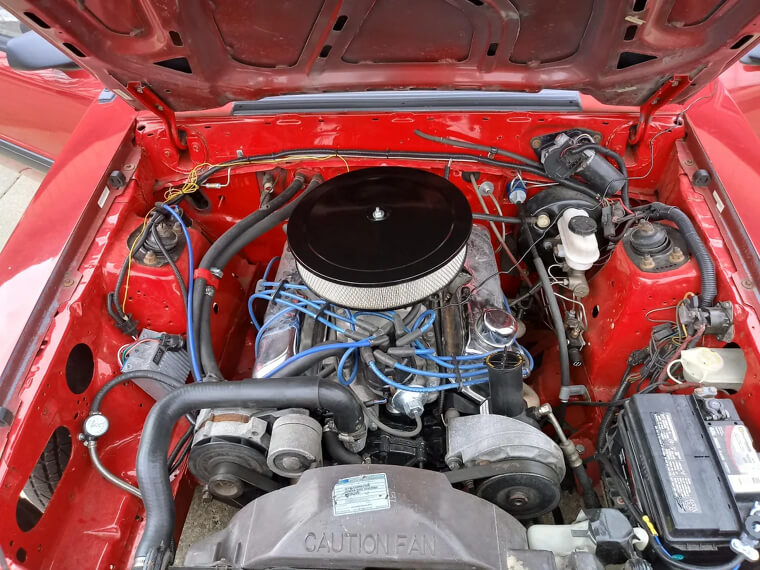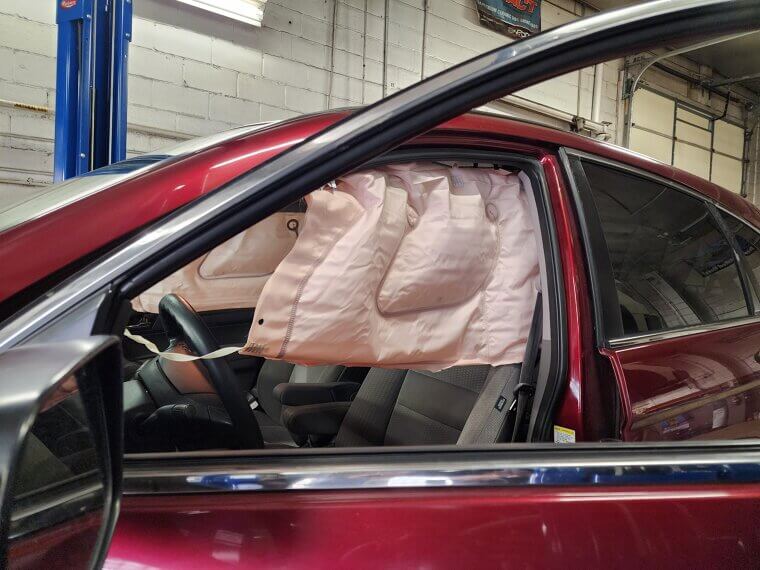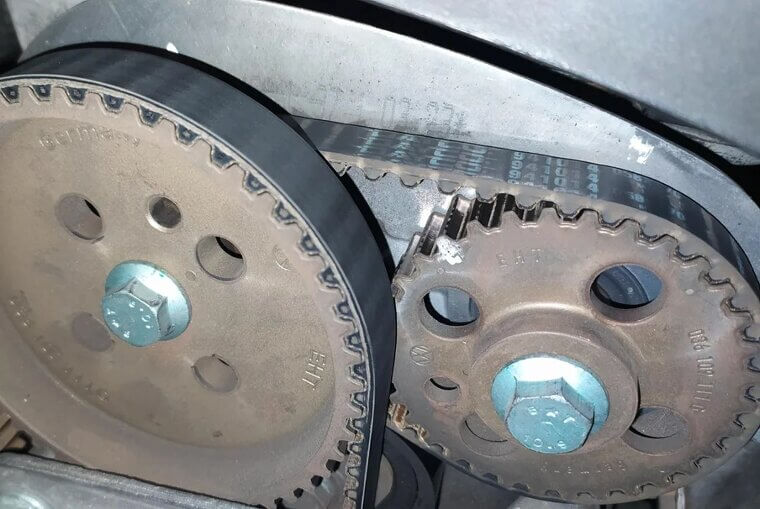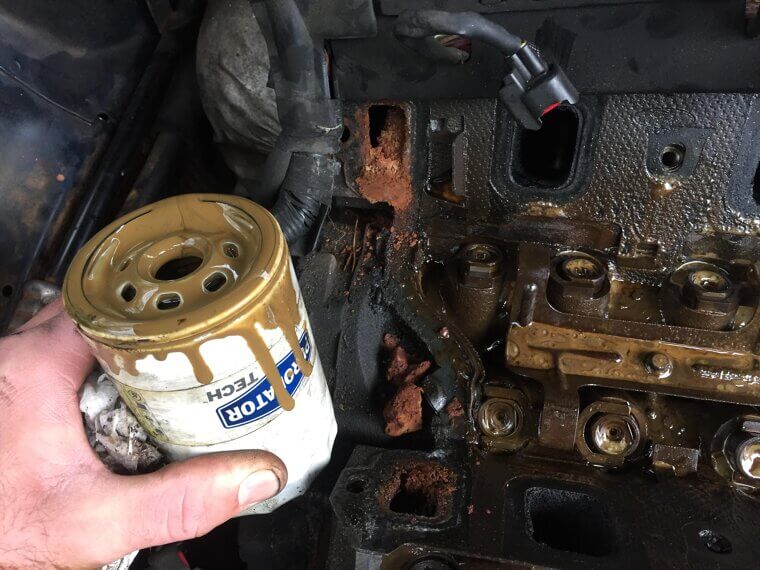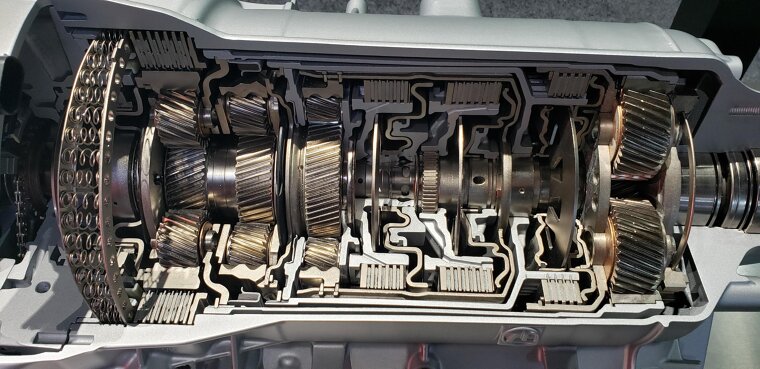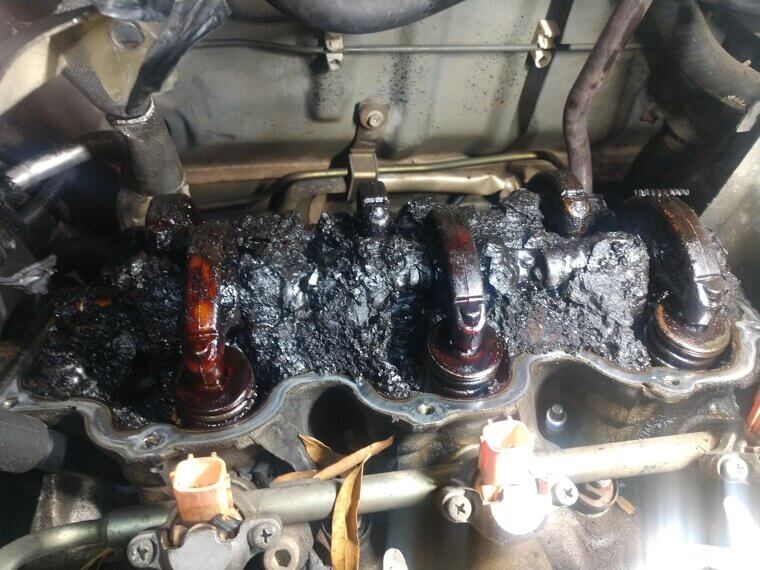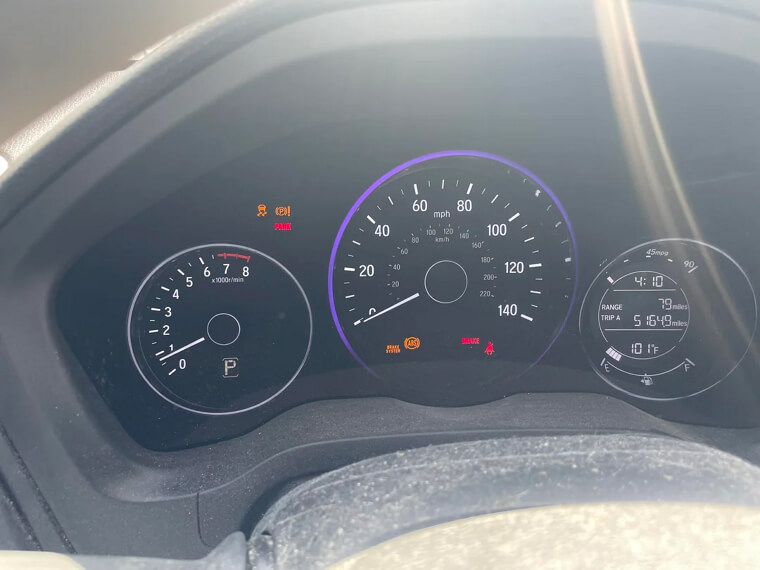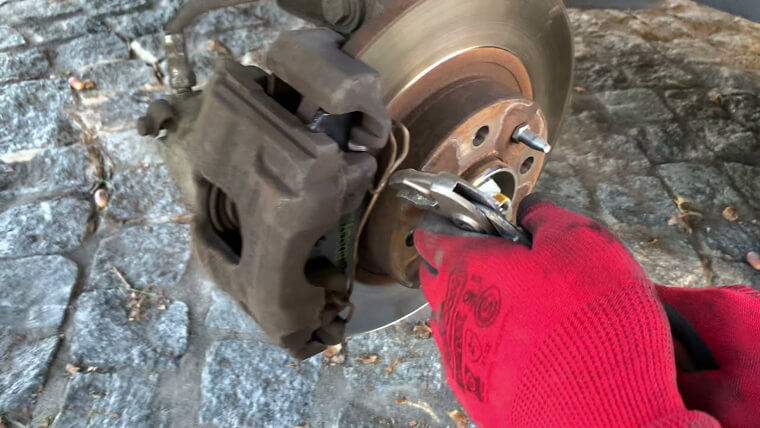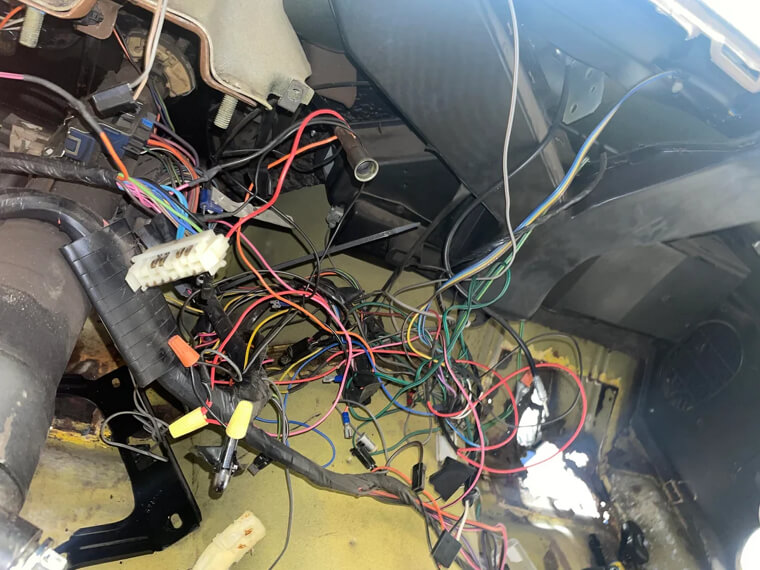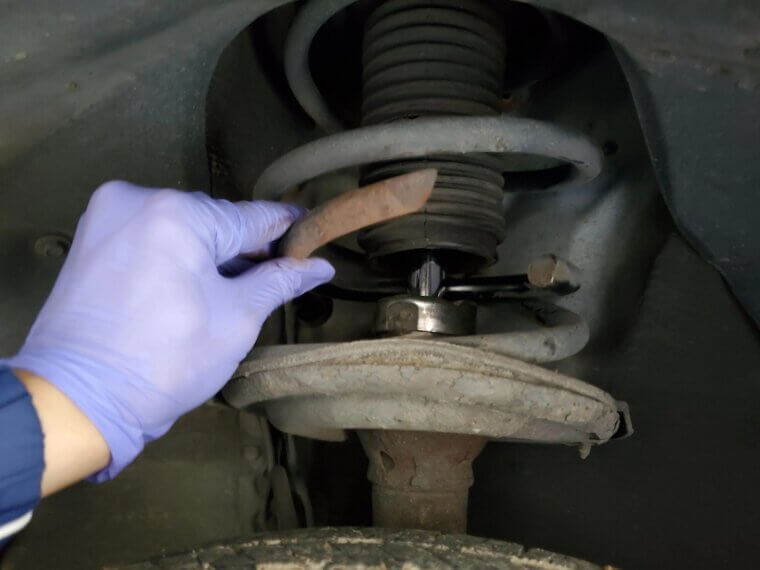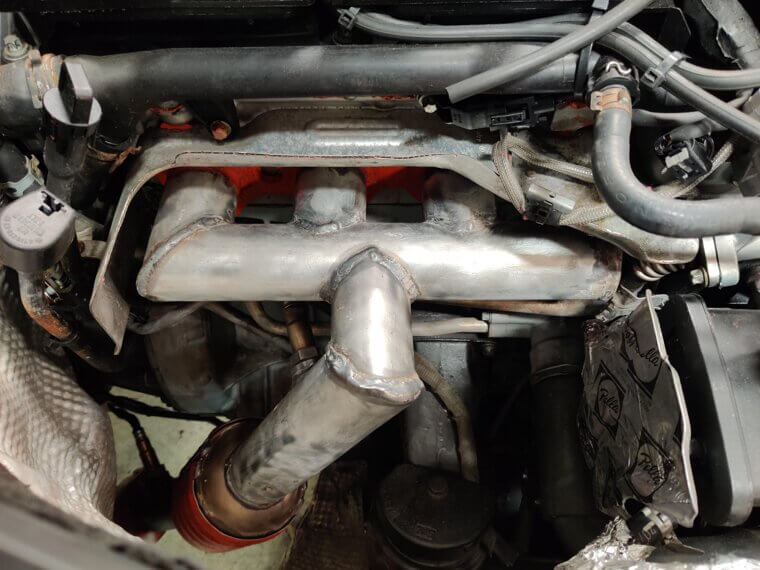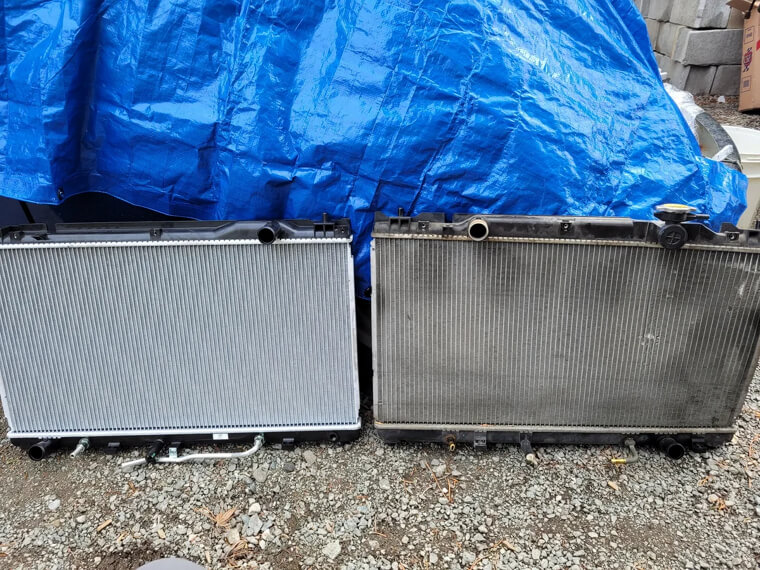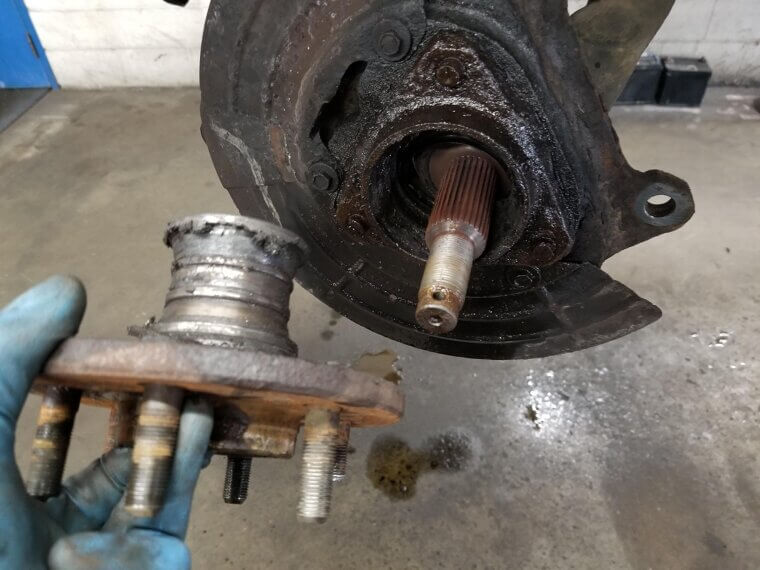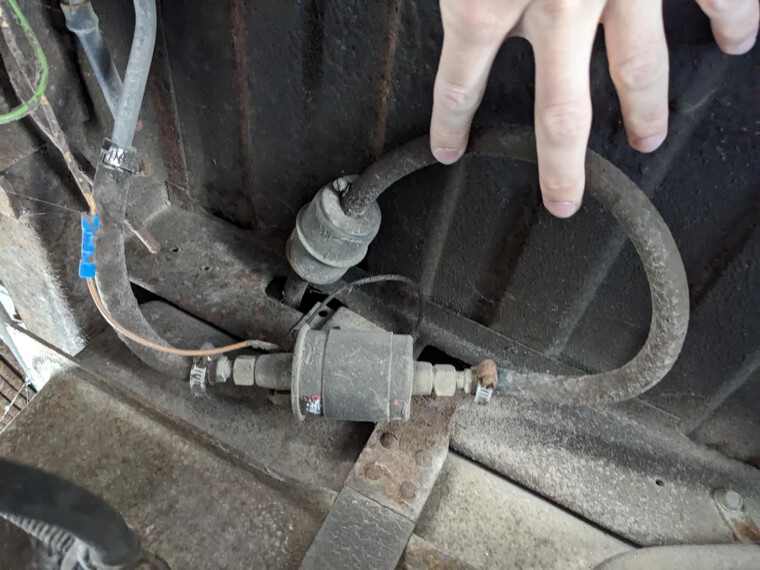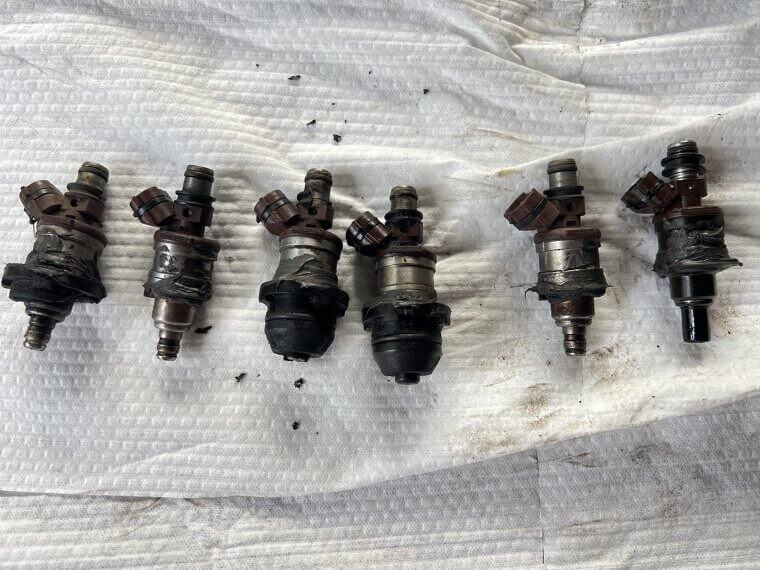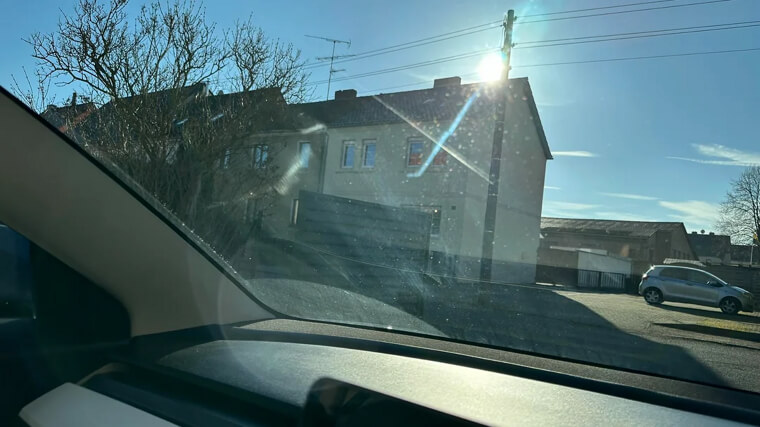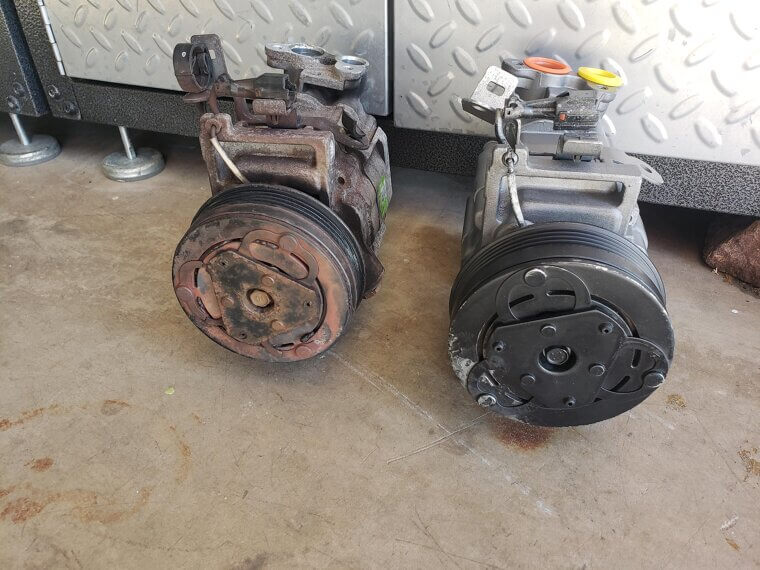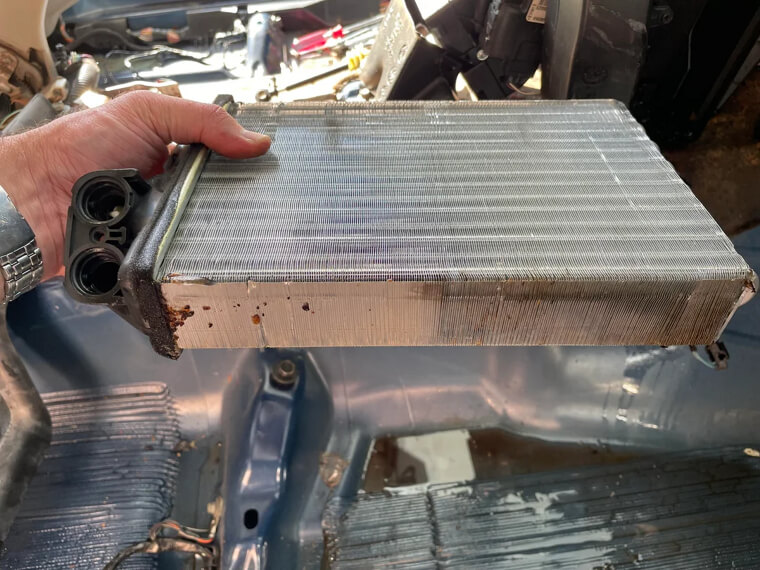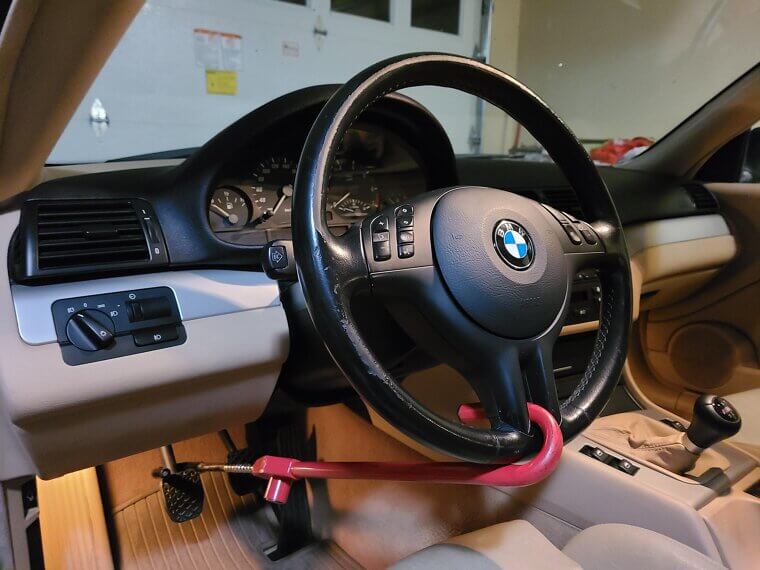Don't Try These Dangerous Car Repairs on Your Own
Although it can be gratifying and even powerful to tinker under the hood, some auto repairs are best left to the experts. Some repairs are quite dangerous, ranging from high-voltage batteries to brake systems that require precise surgery. Continue reading to uncover 25 fixes that might be better appreciated from a safe distance.
Airbag System Repairs
Airbags truly deploy with explosive force. Injuries or damage may result from unintentional deployment caused by tampering with sensors or wiring. Airbag systems are handled carefully, even by mechanics. Avoid doing this yourself unless you want an unexpected punch from your dashboard.
Timing Belt Replacement
When you make a single mistake with a timing belt, your engine's rhythm becomes an expensive clamor. It is deeply underground, requires precise alignment, and can bend valves or worse if not timed correctly. It's best to avoid wearing this belt at home.
Head Gasket Replacement
The head gasket, which seals in coolant and combustion, is located between the top and bottom portions of your engine. To replace it, the engine must be disassembled and then precisely reassembled. If you do it incorrectly, you will literally be steaming. It's preferable to leave this work to the professionals.
Crankshaft or Camshaft Repair
These shafts control the motion of your engine. Deep engine surgery, precise timing, and specialist instruments are required to repair them. A single slip could result in disastrous consequences. The inquisitive tinkerer is not suited for this position.
Hybrid/Electric Battery Servicing
High-voltage batteries in hybrids and EVs carry lethal current. Servicing them without proper insulation and training risks electrocution. Even seasoned techs wear protective gear and follow strict protocols. This is not the place for trial-and-error learning.
Transmission Rebuild or Replacement
Rebuilding a transmission isn’t just a weekend project - it’s a mechanical maze of gears, seals, and fluid channels. Miss a step, and your car won’t shift, or worse, won’t move. Leave this one to the pros, who have lifts and torque specs memorized.
Valve Adjustment or Replacement
Valves control airflow and combustion timing, and adjusting them requires micrometer-level precision. Too tight or too loose, and your engine performance suffers—or fails. Unless you’ve got a feeler gauge and nerves of steel, this isn’t a driveway-friendly fix.
ABS Module Repair
The ABS prevents wheel lock-up during braking. Its module is a complex electronic unit that requires calibration and coding. DIY attempts can disable your anti-lock brakes entirely. When it comes to stopping safely, don’t take chances.
ECU (Engine Control Unit) Replacement
The ECU is your car’s digital brain. Replacing it isn’t just plug-and-play—it involves programming, compatibility checks, and delicate handling. A misstep can fry circuits or disable key systems. This is one brain surgery best done by professionals.
Alternator Rewiring
Alternators control the flow of electricity in your vehicle. Incorrect rewiring can destroy your battery, harm devices, or result in charging issues. This is a job that requires electrical knowledge and accuracy, not a multimeter and a YouTube guide.
Brake Line Replacement
Brake lines carry pressurized fluid; any air bubble or leak could result in complete braking failure. It takes precise fits and system bleeding to replace them. Not only is it messy, but if done incorrectly, it can be harmful. One item you want to function flawlessly is your brakes.
Wiring Harness Replacement
The wire harness of an automobile is intricate, multi-layered, and merciless, much like its nervous system. A single incorrect connection can cause sensors and lights to malfunction, or potentially even cause a fire. This is not a weekend wiring project unless you are proficient in soldering and schematics.
Suspension Spring Replacement
Extreme strain is placed on suspension springs. They can snap loose with bone-breaking power if handled improperly. Safety equipment and specialized compressors are necessary. Not only is it dangerous, but without the proper equipment and training, it might be fatal.
Strut or Shock Absorber Replacement
Struts and shocks affect ride comfort and control. Replacing them involves lifting the car, compressing springs, and aligning components. Done wrong, it can lead to poor handling or suspension damage. It’s not impossible - but it’s far from beginner-friendly.
Exhaust Manifold Repair
The engine's hot gases are directed through the exhaust manifold. It is frequently welded in place and fastened firmly. Burns, damaged nuts, and exhaust leaks are possible when removing it. This one will burn you unless you have patience and heat-resistant gloves.
Radiator Replacement
Radiators hold hot, pressurized coolant. Replacing one means draining the system, avoiding burns, and sealing everything properly. A leak can lead to overheating or engine damage. It’s not the hardest job - but it’s risky if rushed or done carelessly.
Wheel Bearing Replacement
Wheel bearings keep your wheels spinning smoothly. Replacing them requires press tools and exact torque specs. A poorly installed bearing can cause wobble, noise, or even wheel detachment. This is one job where precision really matters.
Fuel Pump Replacement
Inside the tank, amid dangerous fumes, are fuel pumps. When they are replaced, electrical connections and pressurized lines must be handled with care. Things quickly become deadly with only one spark or leak. It's advisable to undertake this work far away from your garage.
Fuel Injector Cleaning or Replacement
Injectors deliver high-pressure gasoline. It takes precise calibration and handling of delicate components to clean or replace them. A mistake could result in leakage or bad performance. This is dangerous because of the margin for error, not the mess.
Catalytic Converter Replacement
Catalytic converters get extremely hot and are often welded in place. Replacing them involves cutting, fitting, and sealing exhaust pipes. One wrong cut or loose connection, and you’ve got fumes leaking under your car. Not ideal for a home setup.
Windshield Replacement
Windscreens are parts of the structure. Poor installation can result in leaks or jeopardize crash safety. Special adhesives, alignment, and curing time are necessary. This is protection, not just glass. When it comes to safety, do-it-yourself kits are inadequate.
EVAP System Repairs
Fuel vapor emissions are managed via the EVAP system. It is a network of sensors, valves, and hoses. Leaks, check engine lights, or failed emissions tests can result from tampering with it. It's intricate, technical, and not worth the hassle for do-it-yourselfers.
AC Compressor Replacement
Under pressure, refrigerant is contained in AC compressors. It can cause frostbite or damage to the environment if handled improperly. Additionally, the system requires precise vacuuming and recharging. This is a regulated profession, not just a sweaty one. Let certified technicians handle it.
Heater Core Replacement
The heater core is buried deep behind the dashboard. Replacing it means hours of disassembly, coolant handling, and reassembly. It’s cramped, complex, and easy to mess up. Unless you enjoy dashboard puzzles, this one’s best left to the pros.
Power Steering Rack Replacement
The steering rack controls your car's direction. Heavy lifting, alignment, and hydraulic lines are required to replace it. Errors may result in fluid leaks or steering failure. It's not only a difficult job; it influences every decision you make.

